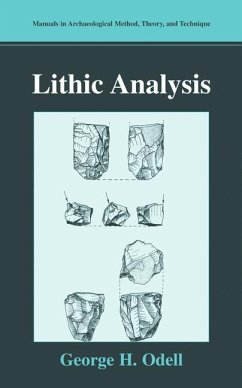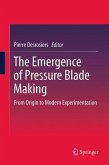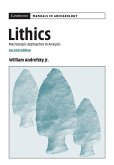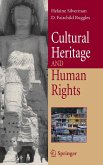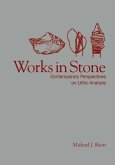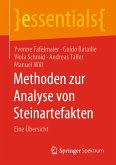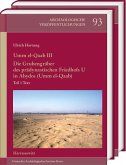This book was awarded the 2005 SAA Award for Excellence in Archaeological Analysis. It is a practical volume that does not intend to replace a mentor, but acts as a readily accessible guide to the basic tools of lithic analysis.
Procedures by which archaeological stone tools have been analyzed have tradition ally operated on an apprenticeship model, whereby a novice acquires competency at the elbow of a grizzled but revered expert in the field. After shuffling through literally thousands of stones and asking hundreds of questions, the neophite even tually reaches a level at which he or she can fly solo, requiring less and less attention from the Master. While this pedagogical model has been frequently tried and tested, it is not always the most efficient method, it is very labor-intensive, and it requires a resident lithics expert, a situation that often does not exist in reality. Learning the ropes would clearly be more practical if there were a manual to consult, a book that provides information and direction so that the Master might at least be spared the most elemental questions and would not have to be available all the time. For years no such manual existed, but recently the ice has been bro ken byBill Andrefsky's Lithics: Macroscopic Approaches to Analysis, and Brian Kooyman's Understanding Stone Toolsand Archaeological Sites. These are good books, and can profitably be employed by fledgling lithic analysts. My own interest in writing a manual for stone tool analysts derives initially from the way I was trained-literally at the knees of two Masters (in this case, revered but not grizzled):Dr. Raymond R. Newell in typological and technological matters, and Dr. Ruth E. Tringham in functional studies.
Hinweis: Dieser Artikel kann nur an eine deutsche Lieferadresse ausgeliefert werden.
Procedures by which archaeological stone tools have been analyzed have tradition ally operated on an apprenticeship model, whereby a novice acquires competency at the elbow of a grizzled but revered expert in the field. After shuffling through literally thousands of stones and asking hundreds of questions, the neophite even tually reaches a level at which he or she can fly solo, requiring less and less attention from the Master. While this pedagogical model has been frequently tried and tested, it is not always the most efficient method, it is very labor-intensive, and it requires a resident lithics expert, a situation that often does not exist in reality. Learning the ropes would clearly be more practical if there were a manual to consult, a book that provides information and direction so that the Master might at least be spared the most elemental questions and would not have to be available all the time. For years no such manual existed, but recently the ice has been bro ken byBill Andrefsky's Lithics: Macroscopic Approaches to Analysis, and Brian Kooyman's Understanding Stone Toolsand Archaeological Sites. These are good books, and can profitably be employed by fledgling lithic analysts. My own interest in writing a manual for stone tool analysts derives initially from the way I was trained-literally at the knees of two Masters (in this case, revered but not grizzled):Dr. Raymond R. Newell in typological and technological matters, and Dr. Ruth E. Tringham in functional studies.
Hinweis: Dieser Artikel kann nur an eine deutsche Lieferadresse ausgeliefert werden.

